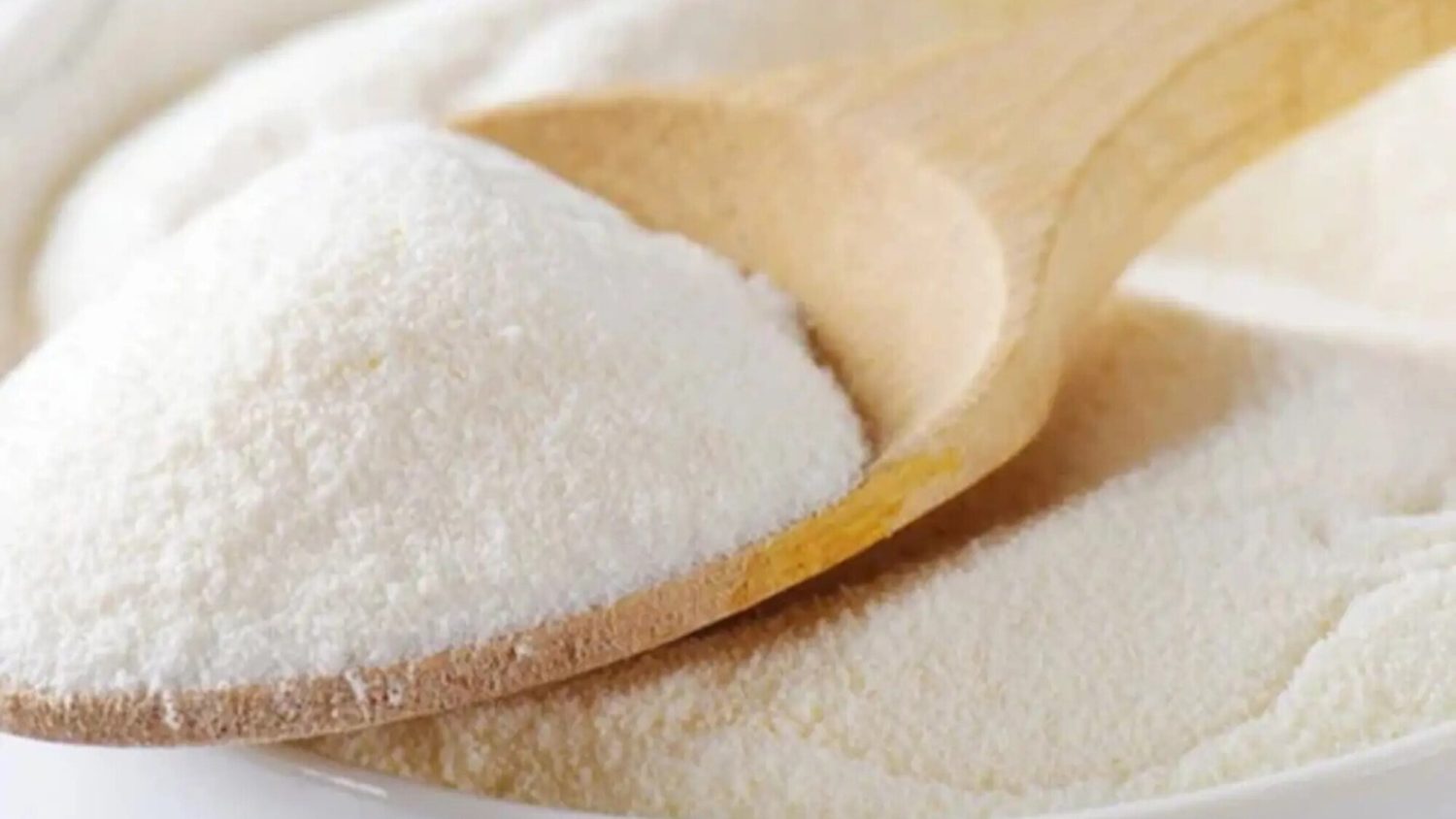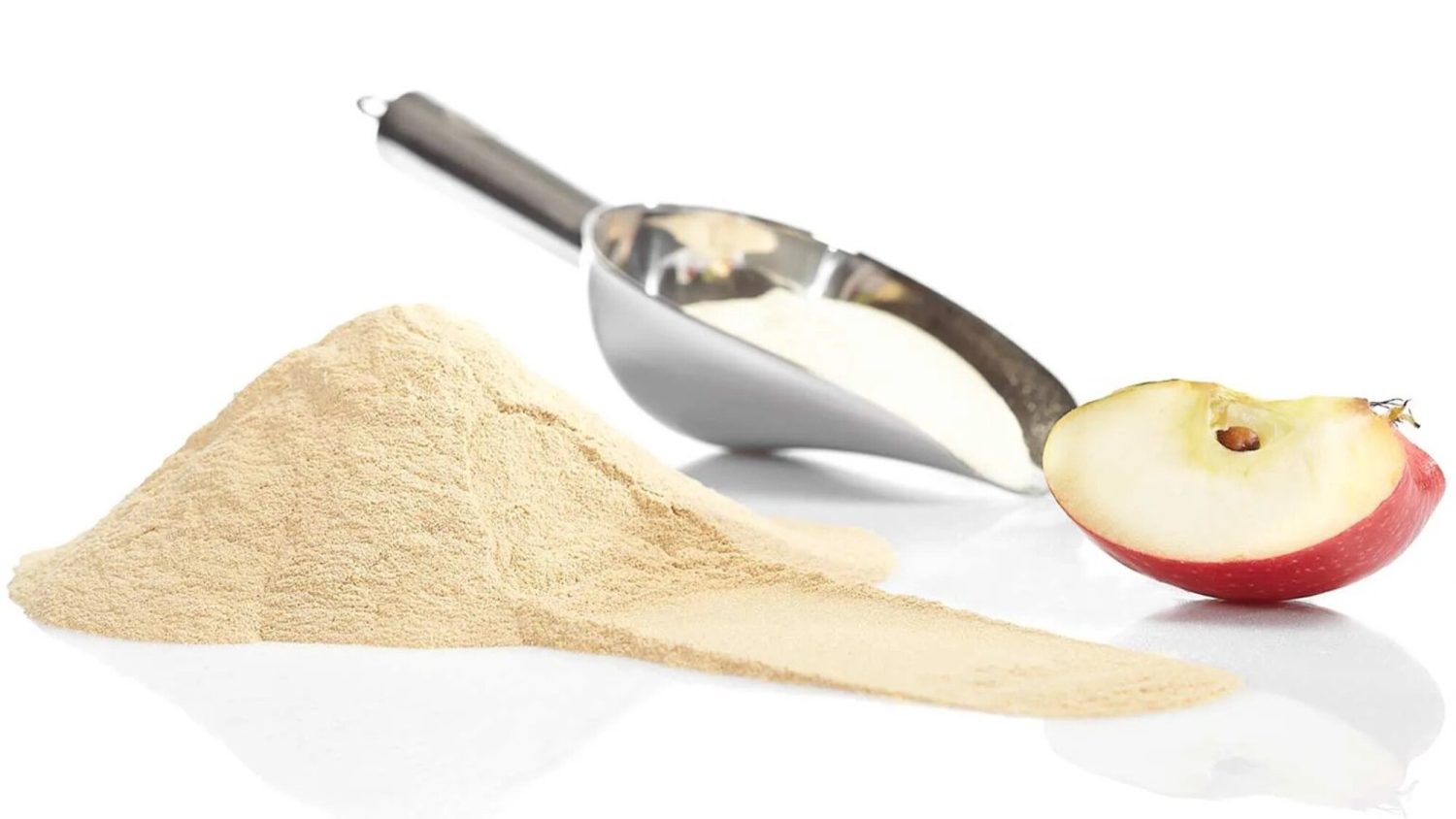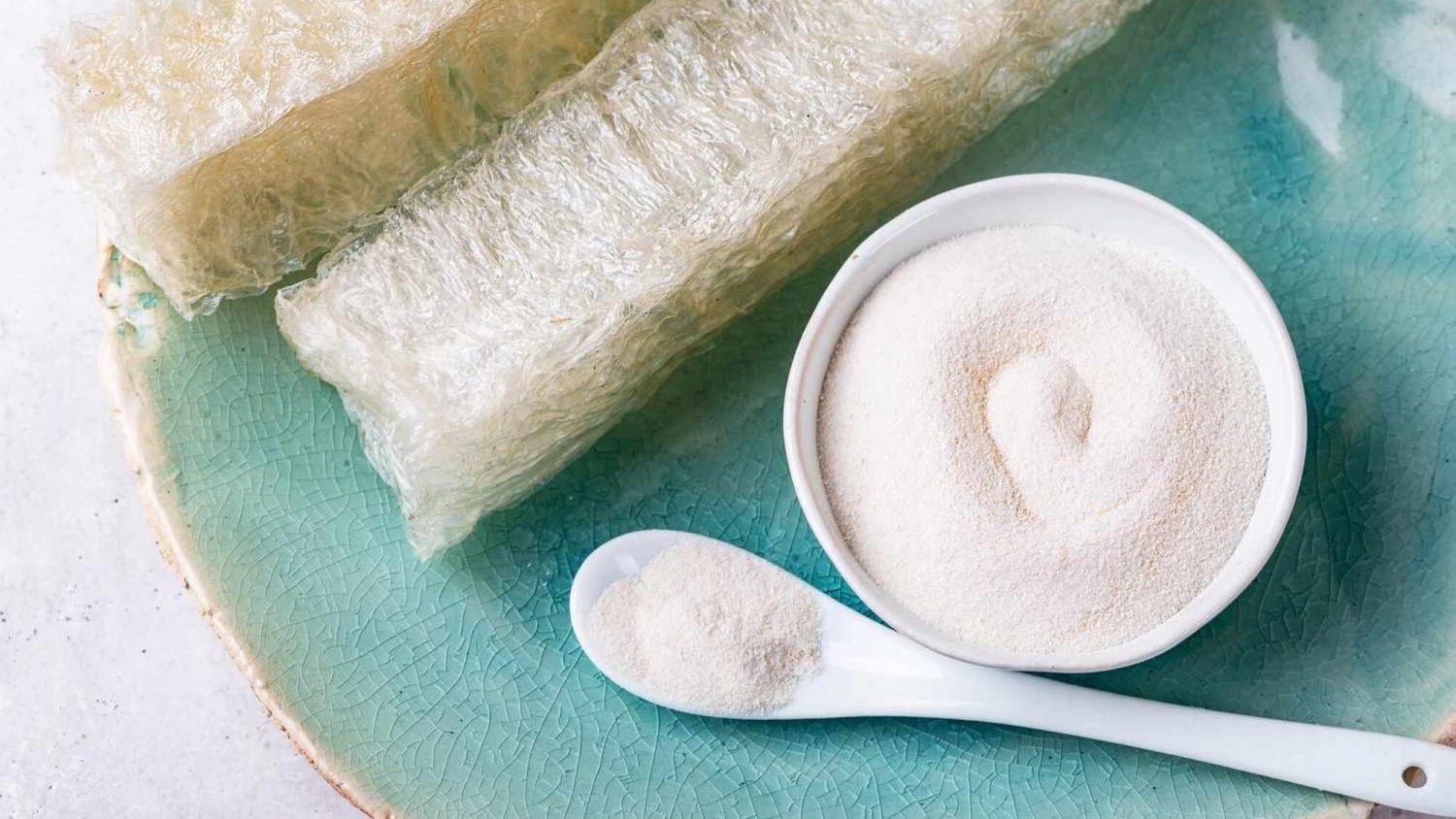
Have you noticed the “100% vegan” or “veggie” label on many gummy candy or vitamin packs? Those terms mean the product is plant-based and doesn’t contain gelatin.
Gelatin-free gummies are booming because more people choose vegan and vegetarian lifestyles. So, how can you make gummies without gelatin? And is it any different from making traditional ones?
Today, we’ll walk you through everything you wanted to know about making gelatin-free gummies, whether you’re trying it out in your kitchen or scaling up with professional equipment.
What Exactly Does Gelatin Do in Gummies?
Gelatin gives gummies the signature bounce and chewiness. This substance comes from animal collagen, mainly pig skin and cow bones. It’s a traditional gelling agent used to make gummies.
In gummy recipes, pure gelatin is nearly odorless, flavorless, and slightly yellow-tinted. When you heat it with sugar, flavorings, and water, it dissolves into a liquid. As the gelatin mix cools, it sets into a bouncy, chewy candy.

Another property of gelatin is that it has a low melting point, around 35°C, just below body temperature. This makes gummies easily melt in your mouth.
Gelatin also helps gummies hold their shape, so they can be molded into various shapes like bears, worms, berries, and more.
Why Make Gelatin-Free Gummies?
The biggest reason is dietary preference or restriction. For more vegans and vegetarians, traditional gelatin-based gummies won’t be their choice. Religious diets also play a role. For example, Judaism and Islam forbid pork, and many Hindus avoid beef-based products. If you want to capture these consumers, gelatin-free gummy recipes are a way out.

Next, plant-based gelling agents are generally more heat-stable. They can make gummies last longer than gelatin-based ones.
Another plus is gelatin-free gummies can set in under 20 minutes. It’s much faster than traditional ones. This will greatly boost the output and efficiency of your production line.
Finally, gummies without gelatin can be made with real fruit juice or purees. For consumers looking for an authentic taste, these gummies won’t mask the natural flavor.
What Can You Use Instead of Gelatin to Make Gummies?
So, if not gelatin, what gives gummies that chewy, bouncy mouthfeel? Here are the most common non-gelatin substitutes used in both homemade and commercial recipes.
Pectin
Pectin is a plant-based fiber extracted from fruit skins like apples or citrus. It creates a soft, bite-through gel. Pectin-based gummies give a more jelly-like feel, but they can still set up nicely if the recipe is right.

This gelling agent is best for vegan gummies and fruity gummy candies. It’s worth noting that pectin needs the right amount of sugar and acid to gel.
Agar-Agar
Agar-agar comes from red seaweed, colorless and odorless. It can form a tighter gel than gelatin. When melted in hot liquid, agar sets quickly at room temperature. So no refrigeration is needed.

If you want a firmer texture, agar is a great gelling agent to use. Gummies made with agar have a slightly crisp bite rather than the bouncy chew of gelatin-based ones.
Carrageenan
Carrageenan is also seaweed-based. It’s usually softer than agar and offers an elastic, heat-stable texture. It works well when blended with other gums. For example, combining kappa-carrageenan with locust bean gum produces a chewy texture much like gelatin.

Many commercial vegan gummy formulas use carrageenan to achieve clear, bright-colored gummies. The final texture of Carrageenan gummies can also be adjusted with the sugar and acid levels in the recipe.
How to Make Gummies Without Gelatin
Making gummies at home? Launching a new product? Let’s look at how gelatin-free gummies are made in your kitchen or in a factory.
Homemade Gelatin-Free Gummies
Ingredients
- 1 cup 100% fruit juice
- 3-4 tbsp pectin powder (or 2 tsp agar powder)
- 2 tbsp sugar (or honey)
- ½ tsp citric acid (optional, for flavor and setting)
Tools
Saucepan, whisk, silicone molds, dropper

Instructions
1. Combine the juice, pectin (or agar), and sugar in a saucepan. Stir well.
2. Cook over medium heat until all the ingredients completely dissolve.
3. If using pectin, add citric acid to help it gel.
4. Once the mixture thickens, remove the saucepan from the heat. Use a dropper to fill your gummy molds.
5. Let gummies cool at room temperature for 1-2 hours. Then move them to the fridge to set fully. If you want a store-bought gummy mouthfeel, chill them for 24 hours.
6. Gently push the set gummies out of the molds.
Store-Bought Gelatin-Free Gummies
Ingredients
- Plant-based gelling agent: pectin, agar, or carrageenan
- Actives: vitamins, minerals, supplements, or cannabis
- Water, sugar, acids, flavors, and colorings
Equipment
- Scale or weigher: Used to measure out the ingredients
- Cooker: Boils and mixes ingredients
- Storage tank: Used to hold the gummy mixture
- Depositing machine: Fills the gummy liquid into molds
- Cooling tunnel: Chills the gummies in the molds
- Demolding machine: Releases the set gummies from the molds
- Drying room and trays: Used to remove excess moisture on gummies.
- Packaging systems: Include counters, bottlers or pouch packers, sealers, and more
Workflow
1. Prepare and measure ingredients.
2. Clean, check, and calibrate equipment.
3. Add ingredients to the cooker. Cook and blend until a smooth mix forms.
4. Transfer to a heated holding tank. Keep mixing the gummy slurry.
5. Add citric acid or lemon concentrate (pectin recipe only)
6. Move the slurry to the depositing machine. Nozzles fill mold cavities.
7. Send the filled molds to a cooling tunnel. Gummies firm and hold their shape inside.
8. Transfer the hardened gummies to a demolding machine. Ejector pins release gummies.
Tips for Making Perfect Gelatin-Free Gummies
Adjust the ratio. You can’t simply replace gelatin with plant-based gelling agents. Agar-agar is much firmer, so you only need about one-third the amount.
Mind temperature. Agar-agar needs 100°C to activate. It gels quickly and can set at 35-45°C. For pectin, the cooking temperature should be around 110°C. If you overheat pectin, it can’t gel.
Add acid when needed. Pectin needs acid to gel. In commercial production, manufacturers often use citric acid or lemon juice.
A light spray of oil helps. If making gummies at home, just wipe a little cooking oil around the mold cavities so they come out cleanly. In commercial settings, manufacturers use neutral oils for the same purpose.
Pay attention to humidity and drying. Freshly unmolded gummies can feel sticky at first. The commercial gummy making machine uses drying tunnels to firm them up. At home, you can let them sit on a tray. After that, store them in an airtight container.
Key Takeaways
- Gelatin is known for giving gummies their classic bouncy bite.
- But you can definitely make gummies without gelatin.
- Pectin, agar, and carrageenan are excellent plant-based substitutes.
- Whether you’re making small batches at home or producing them commercially, the methods above will guide you in the right direction.
- Gelatin-free gummies are chewy treats almost everyone can enjoy.